Getting from here to there
Bespoke programmes for leadership leaps
The coaching has helped me to process my emotions, identify strengths as well as persistent thought patterns and behaviours, and increase my self-awareness. It has given me strategies, ideas and techniques to help me move forward with more confidence, through a period of transition and change.
- Transition Coaching participant
What is it?
A transition coaching programme is aimed at people who are going through or are about to go through a change at work. This could be a change in their level of responsibility or seniority, a company merger or acquisition or even a redundancy programme.
People experience big changes or leaps when they are promoted or when the environment in which they are operating changes rapidly. A small company may receive investment or be acquired by a larger one, forcing changes in job scope and responsibility. Regardless of whether this is perceived to be a “positive” or “negative” change, people can still struggle with the impact of it on them personally. They may hold on to old ways of doing things, be trying to do their old job alongside their new one, or other things that can make it different for them to move forward in their new environment.
This is particularly notable in Law; when Associates move to being Partners it’s a fundamental shift in identity. Previously they may have been the highest-billing associate, but now their job is origination of new business, maximising resources and deliverables - entirely different responsibilities, which it can take a while to adjust to.
Often there isn’t a lot of support for these sorts of changes - standard leadership programmes tend to focus on the practical changes but don’t touch upon the identity and emotional shifts that occur when moving from one role to another.
The transition coaching model supports people to move through the transition, with compassionate and target coaching, to a place where they can thrive. It helps us take an evolutionary path from a place of stuckness or limbo, into a place of greater awareness and mental flexibility.
How does it work?
Coaching supports the human struggle of letting go of who you were in role A and transitioning into role B.
People caught in a transition are vulnerable to burnout and frustration. They may try to do their old role in addition to their new one or hold on to information to protect their position. If they feel unsupported they may look elsewhere - even if they’ve just been promoted. It’s not enough to elevate someone’s role and responsibilities if they feel buried under the weight of both old and new.
My transition coaching model provides a framework to help people work through the different stages of change. It allows them the emotional space and psychological safety to deal with the changes they are experiencing. The model is flexible and can be entered into at any time - you don’t have to start at the beginning, we can begin where you are.
The transition model is designed to be implemented over 6-12 months, but can also be aligned to the timings of changes within an organisation, or planned in advance when you know changes are coming.
All coaching journeys within the transition model start with a 90 minute discovery call so we can identify where the participant is in their journey and best tailor the model to fit their needs.
Beatrice supported me in defining my values and goals as I went through a big life transition, providing a huge source of encouragement. I am a better person because of the perspective and awareness that Beatrice’s coaching has given me. I left every conversation feeling motivated and positive, and achieved growth and success as a result of Beatrice’s help.
I would definitely work with Beatrice again.
Kevin B, London
What do I get?
Training programmes are an investment - but so is recruiting replacements for people who leave. If you can support your existing staff through their transitions you’ll be saving the cost of their loss and replacement, as well as retaining their unique knowledge and experience.
Remember that people matter. Supporting your people through transitions differentiates your organisation.



